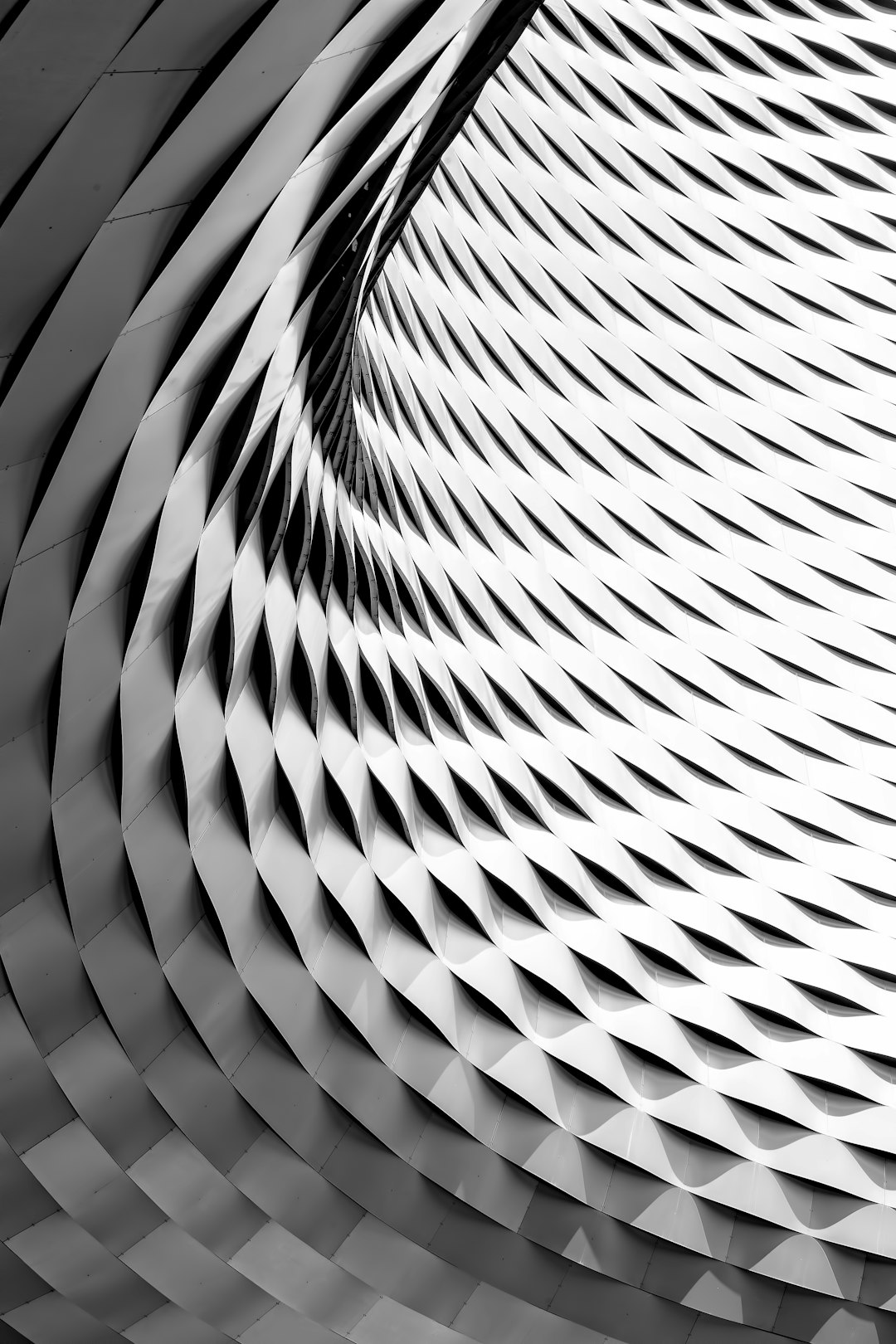Graphic design is a multi-faceted field that involves creating visual content for various purposes, such as advertising, branding, and communication. One of the most important elements of graphic design is layout, which refers to the arrangement of visual elements on a page or screen. The layout plays a crucial role in determining how well a design communicates its message and engages the viewer.
Layout is the foundation of graphic design. It serves as a framework that organizes the different elements of a design, such as text, images, and whitespace, in a visually appealing and effective manner. A well-designed layout helps to guide the viewer’s eye through the content, leading them to key information and helping them navigate the design easily.
The role of layout in graphic design is to create a visual hierarchy that conveys the intended message of the design. By organizing the various elements of a design in a logical and cohesive manner, the layout helps to ensure that the viewer understands the message being communicated and can easily navigate the content. A well-designed layout can also help to create a sense of balance and harmony in a design, making it more visually appealing and engaging.
In addition to organizing and structuring the content of a design, layout also plays a key role in setting the overall tone and mood of the design. The choice of layout can evoke different emotions and convey different messages. For example, a symmetrical layout with clean lines and spacious whitespace may convey a sense of calm and order, while a more chaotic layout with overlapping elements and bold colors may create a sense of energy and excitement.
Layout also plays a crucial role in guiding the viewer’s eye through the design. By strategically placing visual elements and using techniques such as contrast, alignment, and repetition, designers can create focal points and direct the viewer’s attention to key areas of the design. This helps to ensure that important information is noticed and understood, and that the overall message of the design is effectively communicated.
One of the key principles of layout in graphic design is balance. Balance refers to the distribution of visual weight in a design, and achieving a sense of balance is essential for creating a harmonious and visually pleasing layout. There are two main types of balance in design: symmetrical balance and asymmetrical balance. Symmetrical balance involves distributing visual elements evenly on either side of a central axis, while asymmetrical balance involves creating a sense of equilibrium through the placement of different elements of varying size, shape, and texture.
Another important principle of layout in graphic design is alignment. Alignment refers to the relationship between different elements in a design, such as text and images, and ensuring that these elements are properly aligned helps to create a sense of order and unity. Alignment can be achieved through the use of grids, guidelines, and other tools to ensure that elements are positioned consistently and in relation to each other.
Repetition is another key principle of layout in graphic design. Repetition involves using the same visual elements, such as colors, shapes, and patterns, throughout a design to create a sense of unity and cohesion. By repeating certain elements, designers can help to establish a visual rhythm and create a cohesive and consistent visual identity.
In addition to these key principles, there are a number of other factors that designers must consider when creating a layout, such as the size and scale of visual elements, the use of whitespace, and the overall flow of the design. By carefully considering all of these elements and how they work together, designers can create layouts that are visually compelling, effective, and engaging.
Overall, the role of layout in graphic design is crucial for creating effective and engaging designs. By organizing and structuring visual elements in a thoughtful and cohesive manner, designers can create designs that effectively communicate their message, engage the viewer, and evoke a desired emotional response. Layout is the foundation of graphic design, and mastering its principles is essential for creating successful designs.

